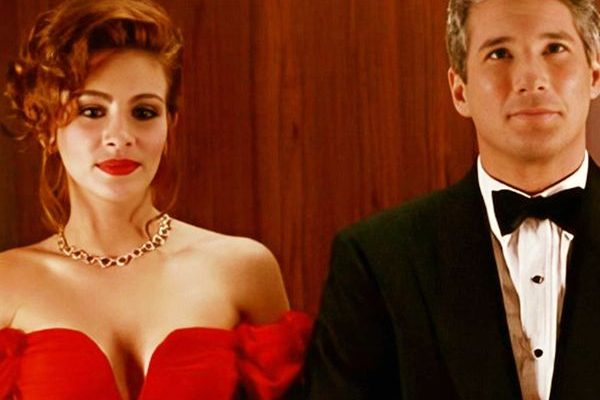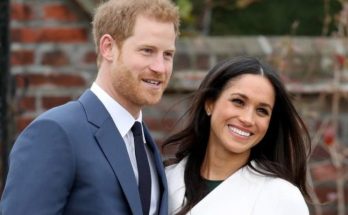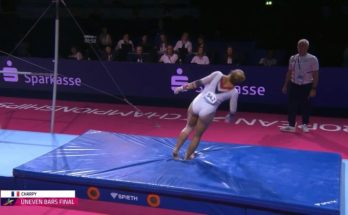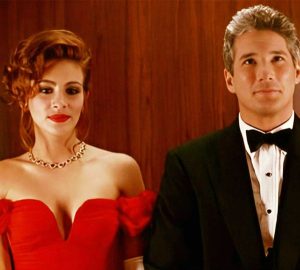
Pretty Woman is one of those movies I can watch countless times — it never gets old or boring.
But considering how many times I’ve seen it, it’s a bit surprising that I’ve never noticed these bloopers and mistakes that tell a different story about the film.
- Disney changed everything
- Al Pacino turned down the lead role
- The croissant becomes a pancake
- Truth behind the iconic dress
- Richard Gere’s tie
- ‘Obscene’ shopping spree
- The ruby-and-diamond necklace was real
- Jewelry box scene was a practical joke
- Edward’s disappearing shoes
- Money in the boot
- Four colored condoms
- Richard Gere didn’t like his character
- More than just onscreen lovers
- Roberts convinced Gere to star in Pretty Woman
Disney changed everything
Pretty Woman became a romantic comedy that captivated millions and launched Richard Gere and Julia Roberts to superstardom.
But that’s not how it was supposed to be. The original screenplay was titled 3,000, penned by then-struggling screenwriter J.F. Lawton. The early draft tackled much darker themes about societal disparity and corporate greed.
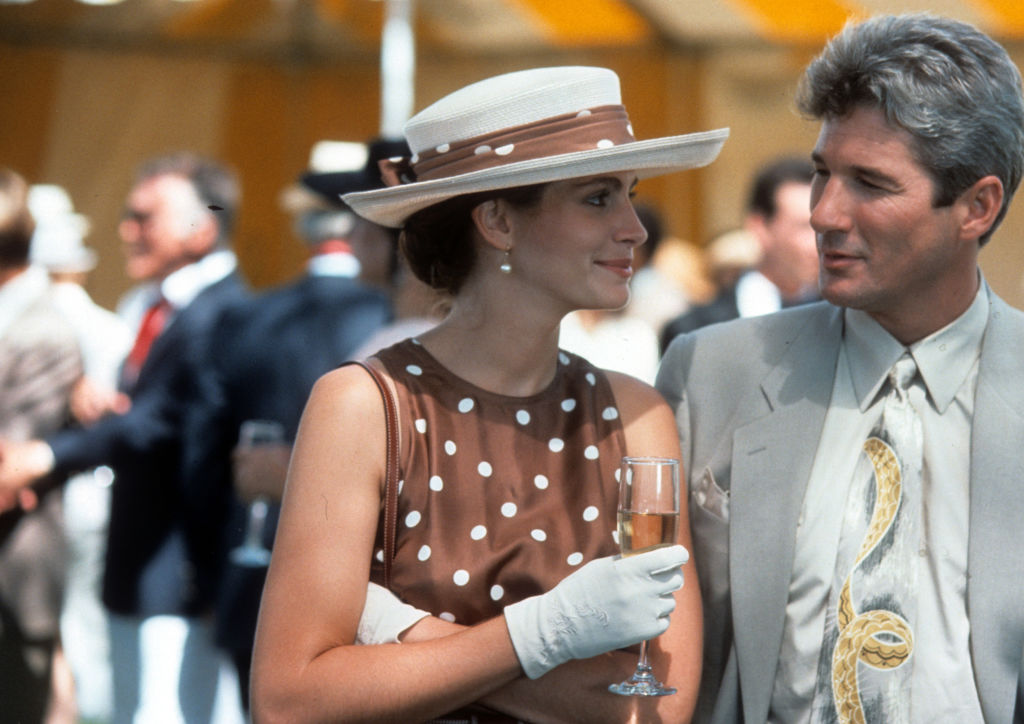
However, everything changed when Disney took the reins. The company preferred to downplay the themes of class and sex work in Los Angeles. Instead, Disney gave it a large budget and turned it more into a a romantic comedy.
Al Pacino turned down the lead role
For me, it’s unthinkable to envision anyone other than Richard Gere in the role of Edward Lewis, the mega-rich business man from New York who hires Vivian (Julia Roberts) to be his escort for a week.
The casting process for Pretty Woman took longer than expected, with Al Pacino initially leading the charge for the role of Lewis. The legendary actor even went so far as to participate in a casting reading with Julia Roberts before ultimately deciding to turn the part down.
Although he liked the script, Pacino never disclosed his reasons for passing on the role. In hindsight, he has expressed admiration for Roberts, who was a relatively unknown actress at the time.
“I mean, you could tell at the reading, this is going to be good, this is going to be a hit picture. You just knew it,” Pacino shared.
He went on to say: “And this girl was phenomenal. I mean, I said to Gary, ‘Where did you get this girl?’” (Gary being Gary Marshall, the film’s director). Pacino’s instincts were spot on, as Roberts’s standout performance would define her career and the film’s legacy.
The croissant becomes a pancake
In the scene where Richard Gere’s character orders breakfast to the room, there’s a funny little detail you might not have noticed. It starts with Vivian enjoying a croissant while talking to Edward.
But then, in the blink of an eye, the croissant magically turns into a pancake.

How did that happen? According to director Garry Marshall, he preferred Roberts’ performance in the later takes, where she was eating a pancake instead of the croissant, so they kept the footage.
However, this created a continuity issue. In the first shot with the pancake, Vivian takes a second bite, but in the following shot, the pancake has only one bite missing, and the bite pattern is noticeably different.
It’s clearly not the same pancake!
Truth behind the iconic dress
The careful consideration of costume design might go unnoticed by the average moviegoer. However, whether you have a keen eye for fashion or not, it’s impossible to overlook the iconic red dress that Julia Roberts’ character wears in the movie.
The red dress symbolizes Vivan’s transformation and empowerment, during an “transformative” scene in the film where Roberts’ character accompanies her Edward Lewis for a night at the opera.
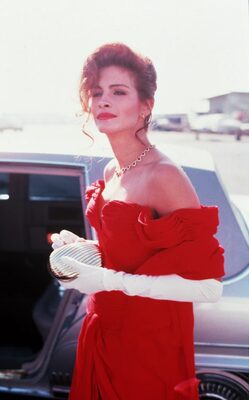
Vogue described the dress as ”eye-catching, incredibly sexy without losing an ounce of elegance.” The genius behind that stunning dress? None other than the award-winning costume designer Marilyn Vance.
She crafted six fabulous outfits for Julia Roberts’ character, Vivian Ward, and was also the mastermind behind Richard Gere’s dapper looks.
Take, for instance, the charming brown-and-white polka dot dress Roberts wore to the horse race. That little gem was created from old silk found in a tiny antique fabric shop in Los Angeles — talk about recycling in style! And those chic shoes? Yup, they were by Chanel.
Richard Gere’s tie
As for Gere’s wardrobe, it was a masterclass in color coordination, featuring brown, navy, and blue-gray suits, all designed by Vance.
Now, about that famous tie that Roberts snatches from a store employee? According to Vance, it was “nothing special” and certainly not designer.
She picked it up in a Los Angeles shop for a cool $48.
The tie makes several appearances throughout the film, and if you watch closely, you might notice that it mysteriously changes knots from time to time.
During the polo match, Edward sports a straight-collar shirt along with the tie that Vivian gifted him, knotted in a half-Windsor. But in a later scene, the sharp-eyed viewer can spot a subtle change — Edward’s collar has magically transformed into a spread style, and the tie is now in a full-Windsor knot.
‘Obscene’ shopping spree
When Richard Gere introduces Julia Roberts’ character to the glamorous world of the rich, he takes her on a wild shopping spree down Rodeo Drive in Beverly Hills.
That afternoon shopping trip? It would have set Gere’s character back at least $30,000, according to designer Marilyn Vance.
Talk about a retail therapy session on steroids! It’s like they were shopping with Monopoly money — no wonder Vivian was in a daze.
The ruby-and-diamond necklace was real
The jewelry Julia Roberts sported with her stunning red ball gown — a heart-shaped necklace crafted from rubies and diamonds — was valued at a whopping quarter million dollars. Yes, you heard that right.
According to movie trivia sites, this ruby-and-diamond masterpiece was the real deal. In fact, while filming, an armed security guard hired by the jewelry store responsible for this extravagant necklace stood vigilantly behind the director.
Jewelry box scene was a practical joke
The scene where Richard Gere presents Julia Roberts with the pricey necklace is not only one of the most romantic and iconic moments in movie history, but it also has a funny backstory.
Originally, it was meant as a playful prank for the film’s gag reel.
